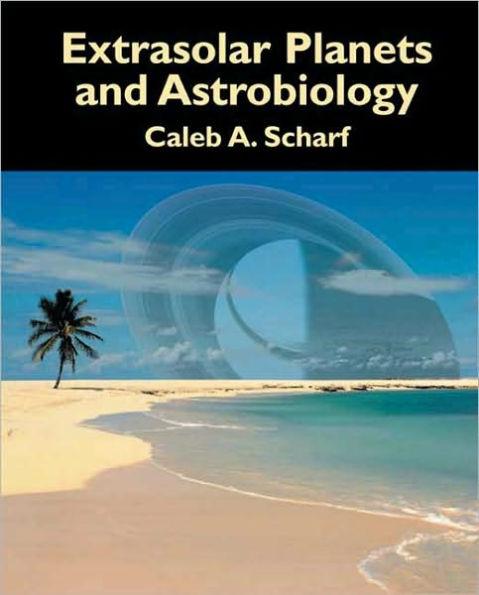5
1
9781891389559


Extrasolar Planets and Astrobiology / Edition 1 available in Hardcover

Extrasolar Planets and Astrobiology / Edition 1
- ISBN-10:
- 1891389556
- ISBN-13:
- 9781891389559
- Pub. Date:
- 10/31/2008
- Publisher:
- University Science Books
- ISBN-10:
- 1891389556
- ISBN-13:
- 9781891389559
- Pub. Date:
- 10/31/2008
- Publisher:
- University Science Books

Extrasolar Planets and Astrobiology / Edition 1
$104.0
Current price is , Original price is $104.0. You
$104.00
This item is available online through Marketplace sellers.
$49.52
This item is available online through Marketplace sellers.
104.0
Out Of Stock

Product Details
| ISBN-13: | 9781891389559 |
|---|---|
| Publisher: | University Science Books |
| Publication date: | 10/31/2008 |
| Edition description: | 2008 |
| Pages: | 490 |
| Product dimensions: | 7.70(w) x 9.40(h) x 1.40(d) |
About the Author
From the B&N Reads Blog

